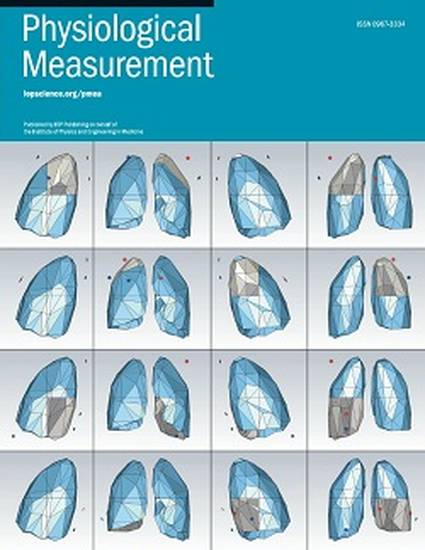
Periodic breathing (PB), regular cycles of short apneic pauses and breaths, is common in newborn infants. To characterize normal and potentially pathologic PB, we used our automated apnea detection system and developed a novel method for quantifying PB. We identified a preterm infant who died of sudden infant death syndrome (SIDS) and who, on review of her breathing pattern while in the neonatal intensive care unit (NICU), had exaggerated PB. We analyzed the chest impedance signal for short apneic pauses and developed a wavelet transform method to identify repetitive 10-40 second cycles of apnea/breathing. Clinical validation was performed to distinguish PB from apnea clusters and determine the wavelet coefficient cutoff having optimum diagnostic utility. We applied this method to analyze the chest impedance signals throughout the entire NICU stays of all 70 infants born at 32 weeks' gestation admitted over a two-and-a-half year period. This group includes an infant who died of SIDS and her twin. For infants of 32 weeks' gestation, the fraction of time spent in PB peaks 7-14 d after birth at 6.5%. During that time the infant that died of SIDS spent 40% of each day in PB and her twin spent 15% of each day in PB. This wavelet transform method allows quantification of normal and potentially pathologic PB in NICU patients.
Available at: http://works.bepress.com/john-delos/75/
